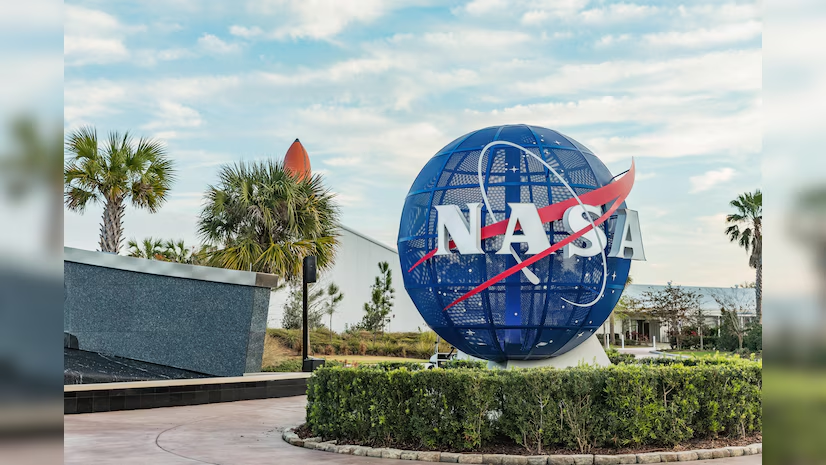Share This Article
NASA is preparing to launch the Pandora mission, a small satellite (SmallSat) designed to study the atmospheres of exoplanets—planets orbiting stars beyond our solar system. Scheduled for launch in the fall of 2025, Pandora aims to observe at least 20 different exoplanets during its one year science operation. The mission’s primary goal is to analyze these distant worlds for haze, clouds, and water vapor, which are critical indicators in assessing their potential habitability.
Pandora will utilize a 45 centimeter wide (17 inch) telescope to capture each star’s visible brightness and near infrared spectrum simultaneously, while also obtaining the transiting planet’s near infrared spectrum. This combined data will enable the science team to determine the properties of stellar surfaces and cleanly separate star and planetary signals.
By complementing the capabilities of the James Webb Space Telescope (JWST), Pandora seeks to provide continuous, long duration observations that are essential for understanding the dynamic atmospheres of exoplanets. This collaborative approach aims to enhance our knowledge of planetary systems and assess the potential for life beyond Earth.



